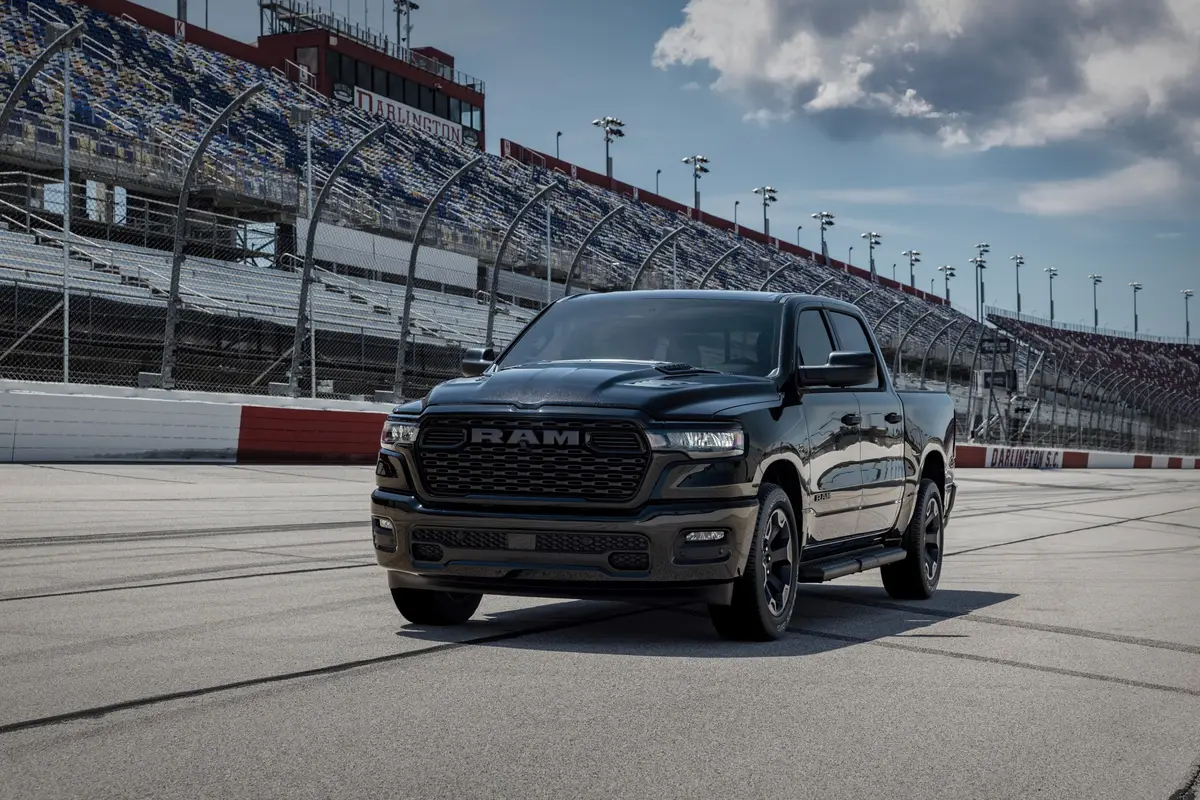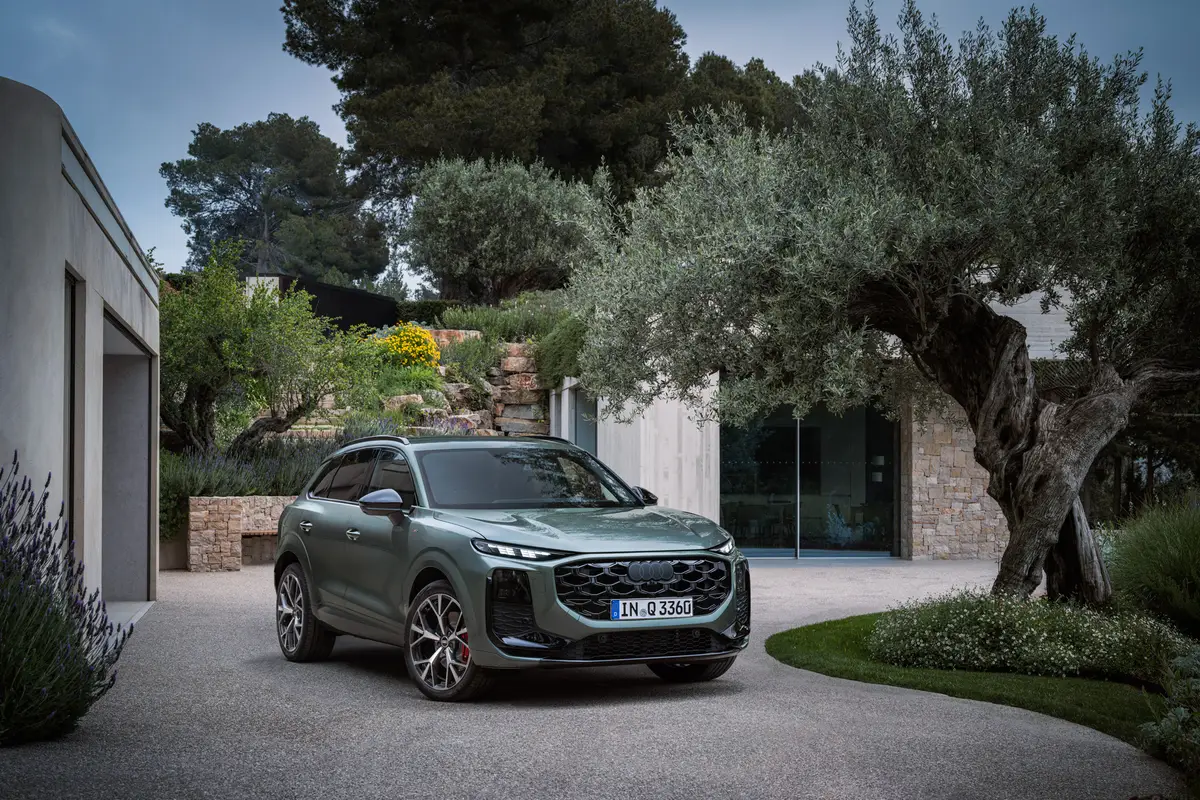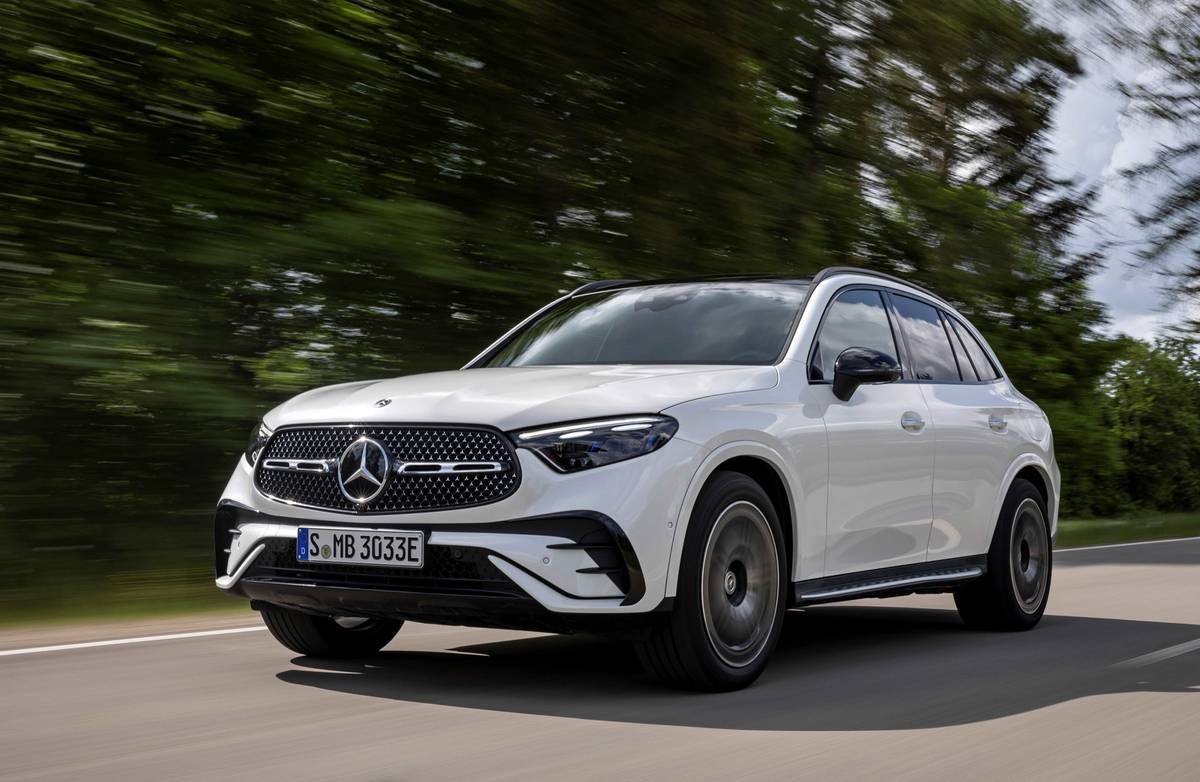Star-Telegram.com's view
Now in its third year, the newest generation of the Chevrolet Malibu continues to be a top-seller, giving General Motors just what it sought in designing this great family car: a credible competitor for those popular Japanese midsize sedans.
With all of Toyota’s well-publicized problems this year, both the Malibu and the similarly sized Ford Fusion could give the Camry its biggest challenge yet from domestic brands as it tries to hold onto the position as the best-selling car in the United States.
I’ve tested all of the midsize sedans on the market this year, and have found that there is no appreciable difference in quality or comfort among the vehicles that make up the top five – the Camry, Accord, Nissan Altima, Fusion and Malibu.
The major differences are in areas such as curb appeal and performance, and in those categories, the Malibu is arguably one of the leaders if not the top model. To my eye, the Malibu and Altima have the best styling, but the Altima has a slight edge in handling and overall performance.
Through March, Malibu sales for the calendar year have totaled nearly 50,000, which would put the car on pace to reach the 200,000 mark for the entire year – not too shabby in a year that hasn’t shown great improvement over 2009’s dismal numbers.
But this car, in this country, should be outselling the Camry and Accord. It’s surprising to me how much bias there still is among U.S. consumers against their own country’s car brands, and in favor of the Japanese models. The sales gap is closing, though, and people who have bought the new Malibu seem to love it.
The Malibu has the look of a premium sedan inside and out, coming across more like a Lexus than a Toyota, but with a Toyota-like price.
Our tester was the top-of-the-line LTZ model (base price $26,955 plus $720 freight). That price brings the base 2.4-liter Ecotec four-cylinder engine, but we had the upgrade to the 3.6-liter V-6, which cost an additional $1,595. That also brought dual chrome exhaust tips and a return to hydraulic power steering from the four-cylinder’s electric steering.
Also included on our vehicle was the White Diamond Tricoat exterior paint color ($495), and we got a compact spare tire ($100) to replace the tire sealant and inflator kit.
I’ve previously tested the Malibu with the four-cylinder, which is rated at 169 horsepower and 160 foot-pounds of torque. There’s adequate power there for most people’s needs.
The V-6 takes the Malibu to a complete different performance level, however, with 252 horsepower and 251 foot-pounds of torque. This engine can handle the heaviest loads and the steepest hills, and provides great acceleration even on uphill grades.
Driving the Malibu proves that it’s more than your average Camry or Accord. It’s as quiet inside as a Lexus, and its roadhandling is much better than those of the average Japanese family sedan.
It has the kind of sport-sedan feel that we would find in a Volkswagen or Nissan, two brands known to produce cars that are more fun to drive than the average family hauler.
There are two automatic transmissions – a four-speed and a six-speed — available in the Malibu. The four-speed comes in the base LS model ($21,825 plus freight), but the six-speed is standard on the rest – the midlevel LT1 and LT2 models and the LTZ.
With the six-speed comes better highway fuel economy, as the top two speeds are both overdrive gears. Equipped with this transmission and the base 2.4-liter, 169-horsepower four-cylinder engine, the Malibu is EPA rated at 22 miles per gallon city/33 highway. With the four-speed transmission, mileage is 22 city/30 highway.
Upgrading top the V-6 engine, which comes only with the six-speed gearbox, brings EPA ratings of 17 city/26 highway.
The six-speed transmission comes with a manual-shift function that is controlled by paddle shifters on the steering wheel – one on each side. But there is no actual manual transmission offered on any Malibu.
Electronic stability control is standard on all models, complete with traction control and brake assist.
LS and 1LT models have 17-inch spoke wheels and touring tires, and there are three new exterior colors for 2010: our model’s White Diamond Tricoat, as well as Mocha Steel Metallic and Taupe Gray Metallic. They replaced last year’s Dark Gray Metallic, Golden Pewter Metallic and Silver Moss Metallic.
Bluetooth connectivity is now standard on GM’s OnStar 8.0 system that comes on all Malibu models.
The LTZ comes with a long list of standard amenities, including fog lights; 18-inch bright aluminum wheels; Bose premium eight-speaker, 210-watt audio system with XM satellite radio; leather interior with heated front seats; eight-way power driver’s seat, and six-way power front passenger seat; driver’s side power lumbar support; chrome door handles; LED taillights; power/heated/folding body-color outside mirrors; automatic climate control; power windows/door locks with remote; power trunk release; manual rear window shade; rear defogger; rear 110-volt power outlet; split-folding rear bench seat; cruise control; remote vehicle start; universal garage/gate opener; and self-dimming rearview mirror with compass.
Other LTZ features include a leather-wrapped tilt and telescopic steering wheel and leather-trimmed console shifter. The leather interior also is standard on the 2LT models, which begin at $25,175 (plus freight).
Options include a power sunroof ($800), not included on our vehicle.
Total sticker price for our LTZ V-6 tester was $29,865, including freight and options.
The front bucket seats are quite comfortable for a car under $30,000. The driver’s side had an eight-way power adjustment, while there was six-way power adjustment for the passenger side.
The audio and automatic climate-control systems are built into an attractive center stack, and they are easy to adjust without taking eyes off the road. The audio system has volume and tuning knobs, making it much more user-friendly than some of the newer systems that have eliminated knobs.
Controls for the audio and cruise-control systems also were included on the steering wheel of our tester.
The instrument panel has large, easy-to-read analog gauges as well as a digital driver-information readout at the bottom. The speedometer, tachometer and other gauges have white needles backed by green illumination, which looks great night or day.
The center console includes two cupholders and a storage bin, and there is another storage bin on top of the dash right in the middle. Molded door pockets on each side have room for a map or two, and each one has a separate section that serves as a cupholder.
A faux wood trim strip runs from the back of each of the front doors around the dash, where it dips below the center-dash air-conditioning vents. It’s quite elegant looking, especially with the cocoa/cashmere two-tone door, dashboard and seat trim.
Three adults can sit comfortably on the rear bench seat, and there is decent leg and knee room even with the front seats all the way back to accommodate long-legged people up front.
The trunk is roomy enough for three or four suitcases, and on each side is a separate small compartment with a net separating it from the rest of the cargo area. This is a great place to store small items that might otherwise be rolling around in the trunk.
The automotive columns of G. Chambers Williams III have appeared regularly in the Star-Telegram since 1994. Contact him at 210-250-3236; chambers@star-telegram.com.
Latest news



